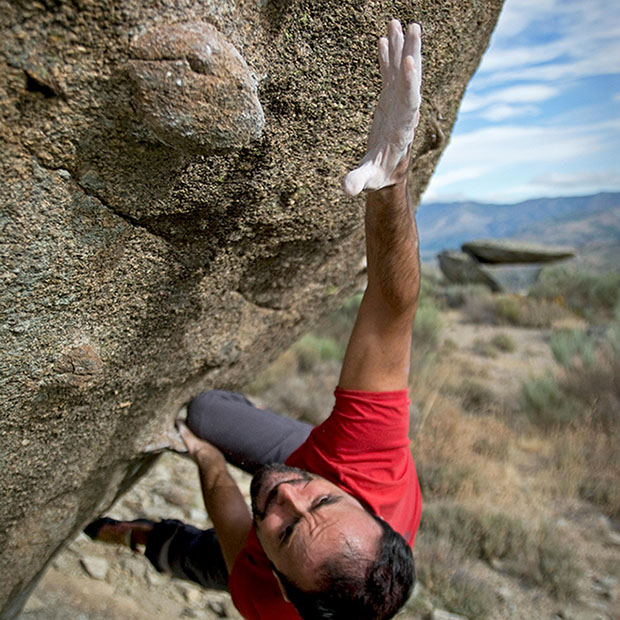The Many Ways Athletes Use Visual Skills

Visual skills are the unsung heroes in athletic performance.
When envisioning the quintessential athlete, attributes like speed and strength typically dominate our perceptions. However, just as vital, yet often overlooked, are an athlete’s visual skills. The ability to rapidly process and react to visual cues is crucial for excelling in any sport. Interestingly, these visual capabilities can not only be developed but also significantly enhanced through dedicated practice.
The Visual Skills Athletes Need
What visual skills are crucial for athletes? Below is a rundown of key visual abilities that significantly contribute to an athlete’s performance:
- Color Vision: It may seem minor, but the ability to quickly identify team versus opponent colors on jerseys greatly simplifies gameplay.
- Depth Perception: Accurately assessing the distances between objects and players on the field is crucial for strategic movements.
- Dynamic Visual Acuity: Clear vision of rapidly moving objects is essential for peak performance.
- Eye Tracking: Simply seeing objects in motion isn’t enough. The skill to track them with one’s eyes, without needing to move the head or body, helps maintain balance and focus.
- Eye-Hand-Body Coordination: An athlete must adeptly coordinate their body movements with what their eyes see, adjusting hands and feet in real-time to respond to the game’s demands.
- Peripheral Vision: The ability to perceive and react to action on the periphery of one’s field of vision can dramatically improve an athlete’s performance.
- Visual Concentration: The capacity to stay focused amidst distractions that are irrelevant to the game is critical for maintaining in-game concentration.
- Visual Reaction Time: Swift processing and response to visual cues enable athletes to position themselves effectively and without delay.
- Visualization: Imagining potential future events helps athletes prepare for upcoming challenges or opportunities during the game.
- Visual Memory: Keeping track of dynamic changes in the environment, such as player positions and game developments, is vital for strategic gameplay.
You Can Train Your Eyes Too
Improving your visual skills doesn’t require expensive equipment or a gym membership — just some everyday items and a bit of creativity. Start enhancing your depth perception by holding a pen at arm’s length and repeatedly capping and uncapping it. For a more challenging exercise, hold a small pebble at arm’s length and attempt to drop it through a drinking straw. To boost your visual awareness, watch TV or use a computer while keeping your head turned slightly to one side.
Want to increase the flexibility of your eyes? Practice shifting your focus rapidly between nearby and distant objects. To enhance your dynamic visual acuity, try cutting out letters of various sizes from a magazine, affixing them to a turntable, and identifying the letters as the turntable spins at different speeds. These simple exercises can significantly improve your visual capabilities, essential for both sports and everyday activities.
Let’s Keep Your Vision in Top Form!
Maintaining physical fitness is crucial for sports, but it’s also important not to neglect your visual health — it plays a key role in your athletic performance. We encourage you to contact us or book an appointment to discover more about enhancing your visual skills, or to discuss any changes or concerns you might have regarding your vision.